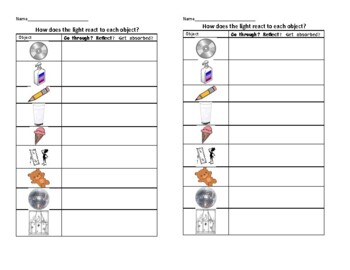

Dark yellow to amber can point to dehydration, while pale yellow typically indicates that a person is hydrated. Some people may need more," says Williams.īecause fluid needs can be affected by a number of factors including body size, activity levels, weather and even your city's elevation, she recommends measuring hydration through urine color. "Drinking water throughout the day is great, but the problem with the rule is that it doesn't apply to everyone. This one might come as a surprise, and while eight glasses a day can be a good habit, it can also be misleading. Between meals, consider serving up orange slices, apples and bananas as healthy, hydrating snacks.ģ.

Foods like cucumber and lettuce, which are more than 90 percent water, can be especially helpful.Ī simple way to track and improve your family's produce intake is to make sure that at every meal at least half of the plate is filled with a combination of fruits and vegetables. Williams explains that about 20 percent of your daily fluid intake should come from food, and while that may seem like a lot, there are plenty of great options. Related: How Staying Hydrated Helps Your Body Most importantly, almost every item in these two food groups is packed with water.

Bananas and avocados are rich in potassium, and many fruits are good sources of simple carbohydrates that, in the right quantities, can help your body absorb fluids and use later. In addition to providing plenty of essential nutrients, fruits and vegetables also make great hydrating snacks.


 0 kommentar(er)
0 kommentar(er)
